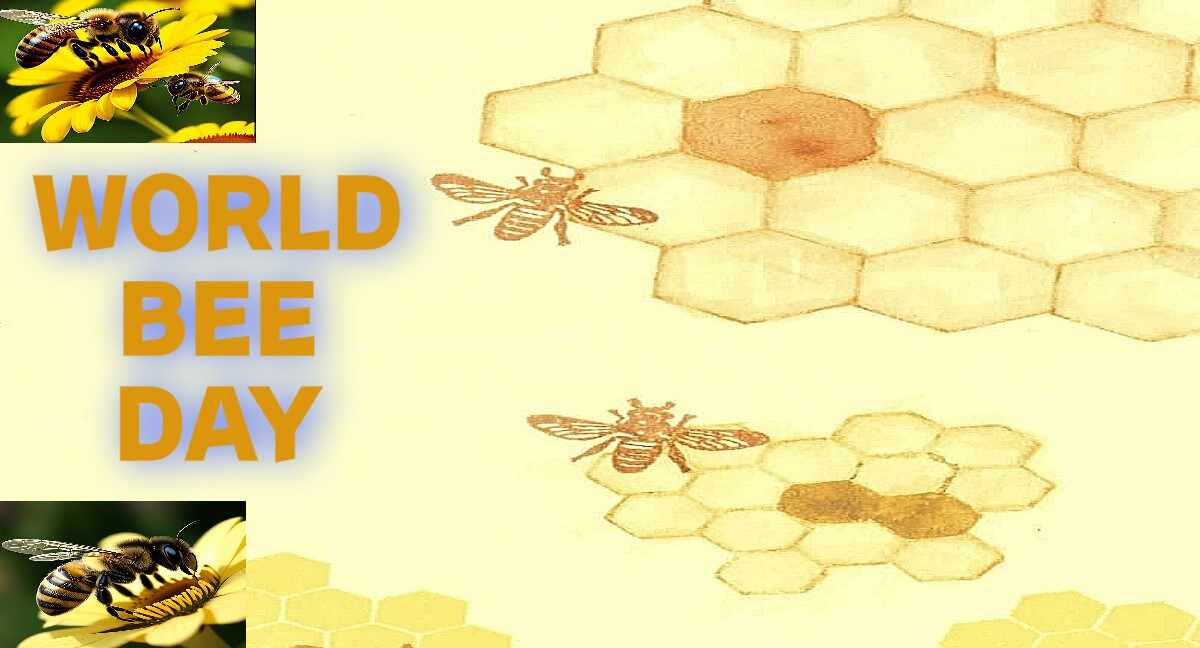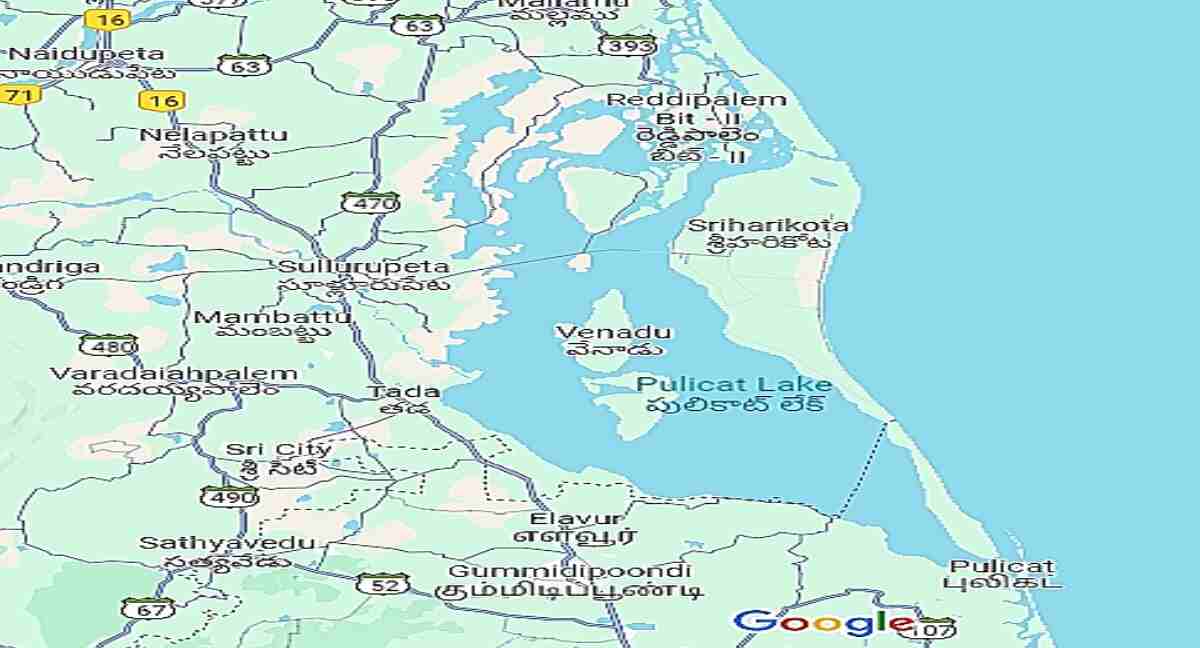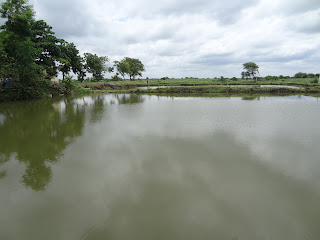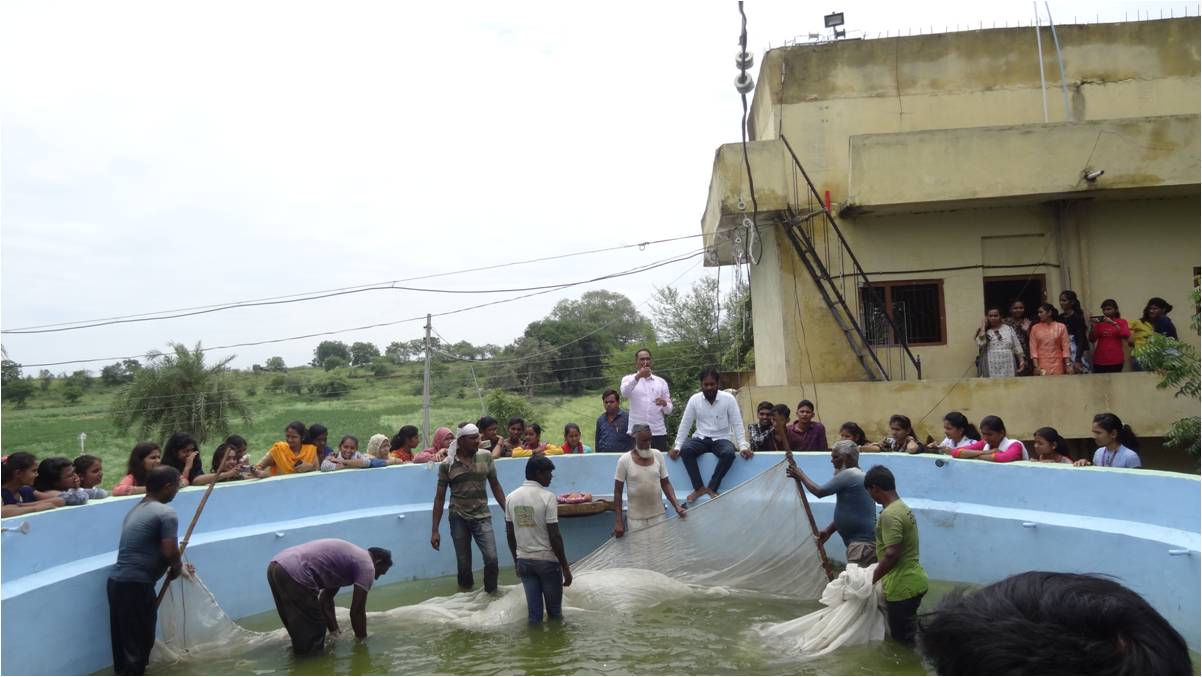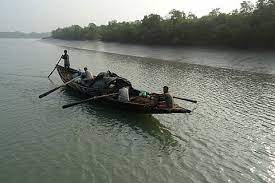Aquaculture Methods: Aquaculture is the culture of economically important aquatic organisms. It is farming in integrated form of aquatic resources. It is an industry or occupation. It is also called culture fisheries. There are different types of cultural practices such as traditional and modern. The culturable methods are classified on various aspects.
Aquaculture Methods
According to the habitat, Aquaculture methods are of four types:
1. Inland aquaculture (Freshwater Aquaculture)
The rearing of aquatic organisms in freshwater is called freshwater aquaculture. It is also called inland aquaculture that means the freshwater resources remain within the land. In freshwater bodies many fishes are reared viz. Indian major carps, exotic carps, tilapia, cat fishes, air breathing fishes, freshwater prawns, etc. Further the freshwater aquaculture is categorised into –
- Pond culture
- Riverine fish culture
- Dam culture
- Lake culture
- Coldwater fish culture
2. Brackish water aquaculture (Estuarine Aquaculture)
Rearing of true estuaries aquatic organisms in brackish water is called brackish water. In brackish water the organisms are cultured in water where the salinity is more than 1 and less than 32%. The brackish water formation includes estuaries, backwaters, lagoons, etc. It is practiced along the coastal areas. The important areas where brackish water aquaculture is practiced:
- Chilka lake
- Pulicat estuary
- Kollero lake
The important edible animals are cultured in brackish water are the following:
- Tilapia
- Etroplus
- Chanos
- Mugil
- Penaeus monodon
- Penaeus indicus
- Spiny lobsters – Palinurus
- Crabs
3. Mariculture (Marine Aquaculture)
Mariculture regarded as the cultivation of aquatic organisms in seawater where the salinity range is 30 to 32%. It is also known as sea farming, marine aquaculture or marine culture fisheries. Mariculture is of two types, namely
- Coastal aquaculture: The culture of marine organisms along the sea coast is called coastal aquaculture.
- Offshore aquaculture (Deep sea fisheries): The culture of marine organisms in the deep sea is called offshore aquaculture. ‘Aquaculture Methods’
A number of marine organisms are cultured in the sea they are-
- Shrimp (marine prawn)
- Edible oysters
- Pearl oysters
- Mussels
- Sea weeds
- Fin fishes
4. Metahaline aquaculture
Culture of aquatic organisms in water containing high salt (salinity) content more than 32 % is called metahaline aquaculture. It is practiced in salt pans. Artemia salina is the important organism cultured in metahaline aquaculture. Artemia is a crustacean used as a feed organism. ‘Aquaculture Methods’
According to expenses involved, Aquaculture is classified into three types:
1. Extensive culture
- Culturing of fishes in large areas with low stocking density and natural feeding is called extensive culture.
- Stocking density is low but the area is more.
- The fish feeds on natural food available in the pond.
- Supplementary food is not given.
- Water quality is not managed.
- There is no artificial feeding.
- The labour is minimum. ‘Aquaculture Methods’
- The yield is low.
- Growth rate is low.
- Capital investment is also low.
- Culture of prawns and fishes in Pokkali fields of Kerala.
- Culture in Bheries in West Bengal is another extensive culture. ‘Aquaculture Methods’
2. Intensive culture
- Production of large quantities of fishes in small areas by stocking high density, concentrating labour, recirculation of water and providing prepared food is called intensive culture.
- The fishes are cultured on constructed ponds.
- Fishes are stocked in high density in small areas.
- Water is well aerated.
- Water is periodically replaced. ‘Aquaculture Methods’
- The pond is fertilized.
- Fishes are fed with prepared food.
- Water quality is regularly checked and corrected.
- Modern techniques are implemented.
- Polyculture, cage culture, pen culture, etc. are intensive cultures.
- The production is very high: 6000/kg/ha/year.
Advantages
- Yield is high.
- Growth rate is maximum.
Disadvantages
- Cost is high.
- More labour is needed.
- Skillful management is required.
- Heavy loss is incurred if the management is poor.
3. Semi-intensive culture
- Culture of fishes in large areas with natural feeding and supplementary feed is called semi-intensive culture. ‘Aquaculture Methods’
- It is intermediate between intensive and extensive cultures.
- It is based on the principle of ‘feed the pond, not the fish’. That is, the pond is inoculated with live feed organisms; Then the pond is fertilized with manures which enhance the growth of feed organisms. The fish feed on these feed organisms. ‘Aquaculture Methods’
- The fishes are stocked at a moderate level.
- The fishes are allowed to feed on natural food such as algae, phytoplankton and zooplankton. The pond is fertilized to improve the growth of natural food
Based on the site, Location Aquaculture is classified into the following types:
1. Pond culture
The mostly aquaculture practices are carried out in ponds throughout the world which are used as Earthen ponds or reinforced concrete ponds for culturing the fish, shrimp, prawn, etc. in inland water resources.
2. Reservoir culture (Dam culture)
Reservoir culture (dam culture) is a term used to describe the way of life that develops around dams and reservoirs. This culture is often characterized by a strong sense of community, a reliance on fishing and other water-based activities, and a deep appreciation for the natural environment. ‘Aquaculture Methods’
Dams and reservoirs have a profound impact on the people who live around them. They can provide a source of irrigation, drinking water, and hydroelectric power. They can also create new recreational opportunities and boost the local economy. However, dams and reservoirs can also have negative impacts, such as displacing people from their homes, disrupting traditional livelihoods, and harming the environment. Despite these challenges, reservoir culture has a long and rich history. People have been building dams and reservoirs for centuries, and these structures have played a vital role in the development of many civilizations. Today, reservoir culture continues to thrive in all parts of the world. ‘Aquaculture Methods’
3. Riverine culture
Riverine culture, also known as riparian culture, is a way of life that has developed around rivers and their associated landscapes. These cultures are characterized by a deep connection to the river, which provides them with a source of food, transportation, and spiritual sustenance. ‘Aquaculture Methods’
4. Pokkali culture
Pokkali culture is a traditional rice-fish farming system practiced in the coastal regions of Kerala, India. It is a unique and sustainable agricultural practice that combines the cultivation of rice with the rearing of fish in brackish water fields. Pokkali fields are typically low-lying areas that are inundated with seawater during the monsoon season. This creates a brackish water environment that is ideal for both rice and fish production. The rice provides shade and shelter for the fish, while the fish help to control pests and fertilize the rice paddies. ‘Aquaculture Methods’
5. Bheri culture
Bheri culture is a traditional aquaculture system practiced in the coastal regions of West Bengal, India. It is a type of brackishwater aquaculture that involves the cultivation of fish in enclosed, earthen embankments called bheris. Bheris are typically filled with seawater during the monsoon season and then gradually desalinated over the course of the year. This creates a unique brackish water environment that is ideal for the growth of a variety of fish species. ‘Aquaculture Methods’
6. Salt Pan culture
Salt pan culture is a way of life that has developed around salt pans, which are flat expanses of ground covered with salt and other minerals. These pans are often found in arid regions, where the water evaporates quickly, leaving behind a layer of salt. Salt pans have been used for centuries to produce salt, which is an essential mineral for human health. In some parts of the world, salt pans are also used to grow crops, such as rice and seaweed.
7. Tank culture
Tank culture is a method of raising fish in tanks or ponds, typically made of concrete or other materials. This practice is commonly used in aquaculture, the cultivation of aquatic organisms, including fish, crustaceans, and mollusks. Tank culture offers several advantages over traditional open-pond aquaculture, providing greater control over the environment, reducing water loss, and enabling more efficient feed management.
8. Raceway culture
Raceway is a culture chamber that is generally long and narrow. Along the course of a river or stream a series of earthen or cement tanks are constructed and it are used for fish culture. Generally raceway culture practices in such resource i.e. water enters at one end and leaves through the other end in most cases. ‘Aquaculture Methods’
9. Cage culture
It is the culture of fish or other organisms in inland water resources by holding them in cages. Cages are built with the help of PVC pipes, metal rods, bamboo mesh and covered by nylon net or mosquito cloth. Cage culture, recently is a modern aquaculture technique and it has been considered as a highly sophisticated and specialized. It has receiving attention for intensive exploitation of water bodies, especially larger in nature, all over the world. In India, cage culture was firstly attempted with the air breathing fishes like H. fossilis and A. testudineus in swamps. ‘Aquaculture Methods’
10. Pen culture
Pens are the specially designed and making with the nylon or bamboo stick in a shallow water body into which fish are introduction and carried out culturable practices. ‘Aquaculture Methods’
Based on the variety or number of fishes stocked, Aquaculture is classified into the following types:
- Monoculture
- Polyculture
- Monosex culture
Based on the culture with other organisms (integrated aquaculture). Aquaculture is classified into the following types:
- Paddy cum fish culture
- Poultry cum fish culture
- Duck cum fish culture
- Pig cum fish culture
- Dairy cum fish culture
Based on the climatic conditions, Aquaculture is classified into two types:
- Warm water culture
- Coldwater culture
- Fish culture with sewage water is called sewage fed fish culture.
Presently aquaculture is a burning or broad view throughout the world for the purpose of food as human, developing the economy of the nation hence the economically important organisms are cultured in different types of culture methods by using scientific techniques. Most culture methods are used from past years to yet as a traditional ideas, but some encompass new or modern and sometimes radical concepts that make them unique ideas. There are three major culture methods – open culture, semi-closed culture and closed culture methods. Each has its special advantages, disadvantages and characteristics. The choice of different culture methods is largely dependent on the function of the organisms to be grown and its habitat, environment as well as ideas of culturable practices of the farmer. ‘Aquaculture Methods’
Open culture methods
It is the oldest culture method it has used the natural resources as culture systems and organisms to be cultured are stocked in the water body. Capital expenses are low and less management than in the other systems for the open culture systems. The growth rate and the uniformity of the product are variable compared to other systems. Cages, long lines, floats, rafts, trays and clam beds are examples of open system techniques. The conditions are more natural and uncrowded in the culture environment, less time is required in monitoring the condition of the culture organisms in open systems. The disadvantages like predation and poaching are common. ‘Aquaculture Methods’
Semi-Closed Culture method
In semi-closed culture method, water is taken from natural sources of groundwater and is directed into specially designed Constructed ponds and raceways. This method is a popular and widely distributed. These method offer an advantage over open systems in that they allow greater control over the growing conditions, production is high per unit area is possible in addition to crops being more uniform. Water can be filtered to remove predators, diseases can be observed and treated more easily in semi-closed method. The main disadvantages are more expensive and require more complex management. ex:- ponds and raceways.
Closed Culture Method
In closed culture method, no water is exchanged and the water is subjected to extensive treatment. Extremely high densities of organisms may be raised under these conditions. Closed recirculating water method are being used primarily for experimental work and for the rearing of larval organisms in commercial or research facilities. Closed method are generally composed of four components; the culture chambers, a primary settling chamber, a biological filter (biofilter) and a final clarifier or secondary settling chamber for purification of water for reuse. Here the water is conserved throughout most or all of the growing season by circulating in the culture tanks after purifying it through biological filters. ‘Aquaculture Methods’

